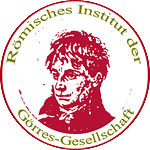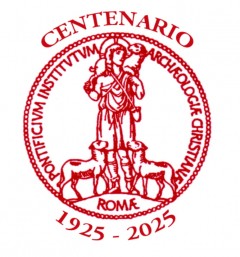In honour of Richard Krautheimer (1897-1994), the archaeologist protected by the Vatican during the Nazi era, who was closely associated with the Pontifical Institute for Christian Archaeology (see personal lexicon on Christian archaeology), high-level lectures will be held in the Curia Iulia on the Forum Romanum: on 31 October, 9 and 23 November, 7 December.
- Details
- Written by: Stefan Heid
- Category: Roman notes
 Römisches Institut der Görres-Gesellschaft
Römisches Institut der Görres-Gesellschaft















